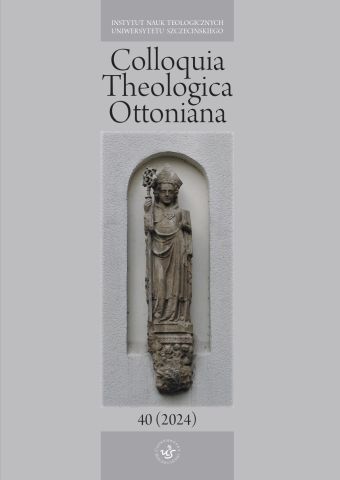ISSN: 1731-0555
eISSN: 2353-2998
OAI
DOI: 10.18276/cto





Stages of Verifying the Texts
As the quality of the published papers is our main concern, all submitted works are subject to a three-stage review procedure with the guidelines of the Minister of Science and Higher Education contained in Good Practices in Scientific Reviewing Procedures.
The preliminary stage, at the editor’s level, is comprised of a general evaluation of compliance of the proposed paper with the journal’s profile and establishing whether the computer file submitted by its author fulfills the anonymity criteria. At this stage, the submitted text is also checked by the anti-plagiarism system.
At the second stage, the editorial team assesses the substantive quality of the manuscript and decides whether to send the manuscript for review or to reject it—possibly at this stage, the author may be asked to introduce some corrections. The editors will also assess whether the manuscript is sufficiently original and interesting. If not, the manuscript may be rejected without further review.
At the third stage, the text is subject to a double-blind peer review process carried out by at least two external specialists in a given field of science. The editors make every effort to ensure that the text is not reviewed by a party who has a conflict of interest with the paper’s author. To avoid these biases, the reviewers complete a relevant declaration of objectivity (click: declaration of reviewer).
The final decision concerning the text’s publication in CTO is made by the editor-in-chief.
Rules of Reviewing
The following reviewing principles are observed:
- manuscripts are submitted for review without its author’s name—we recommend avoiding any notes referring readers to the author’s other works (such notes may be affixed while editing)
- reviewers remain anonymous to the authors
- the editorial office reserves the right to forward the text to another reviewer if any formal or substantive irregularities are noted
To ensure full transparency of the review process, we officially provide the template of a review form, which is sent to reviewers along with the proposed manuscript.
In the review’s conclusion, each reviewer selects one of the following options:
- the text is accepted for publication without any changes
- after revising the manuscript to address the reviewer’s comments, the text is accepted for publishing without additional reviewing process
- the text should be revised to address the reviewer’s comments and subject to an additional review process
- the text is not accepted for publication
In the case of receiving one negative conclusion, the text is sent to the third reviewer. In case of receiving two negative reviews, the text is not accepted.
Regardless of the reviewers’ conclusions, the author is made aware of their content and may respond to them.
If authors disagree with some reviewers’ comments, they may inform the editorial office about this. The editors will then carefully consider the author’s opinion and respond to it. If it is necessary to introduce some corrections, and the author will be asked to submit a revised manuscript within the prescribed period with the amendments marked in red font. At this point, the editors will check if the author took note of the reviewers’ comments. If the author has not introduced the recommended corrections and has not responded to them or has not sufficiently rebutted the reviewers’ comments, the manuscript will be rejected.
